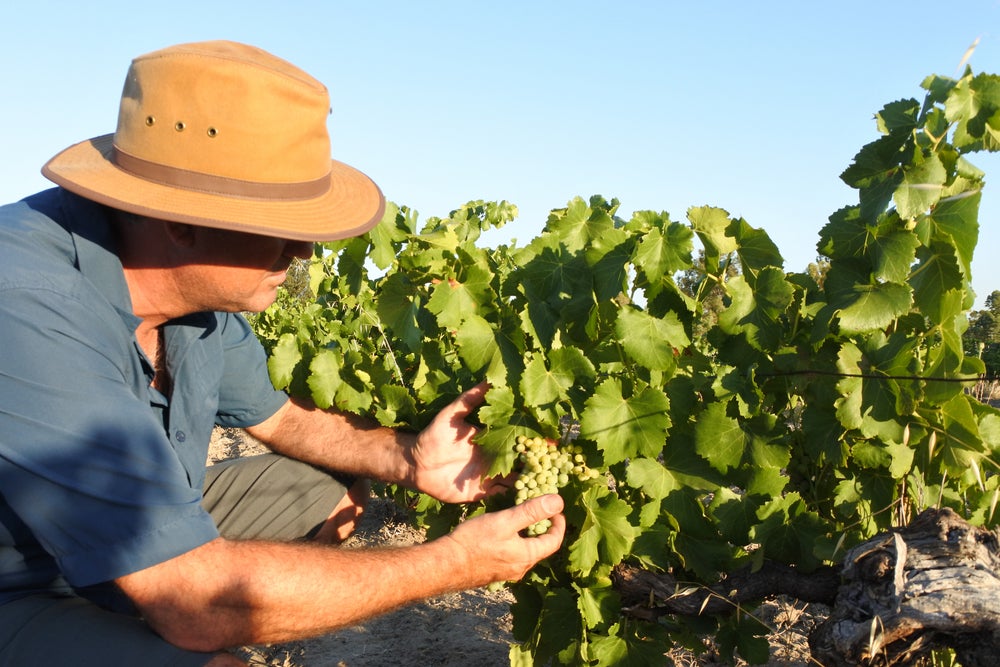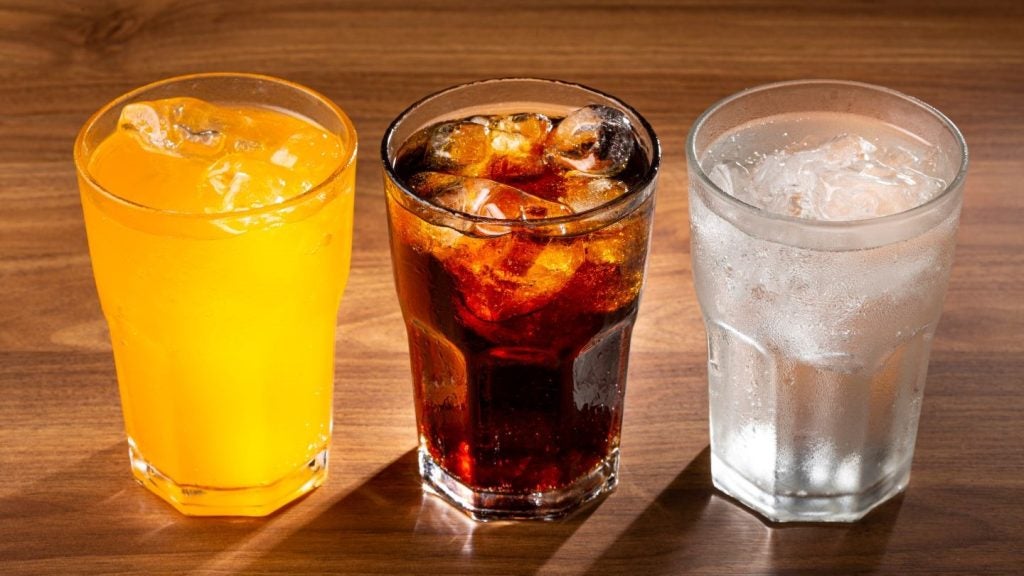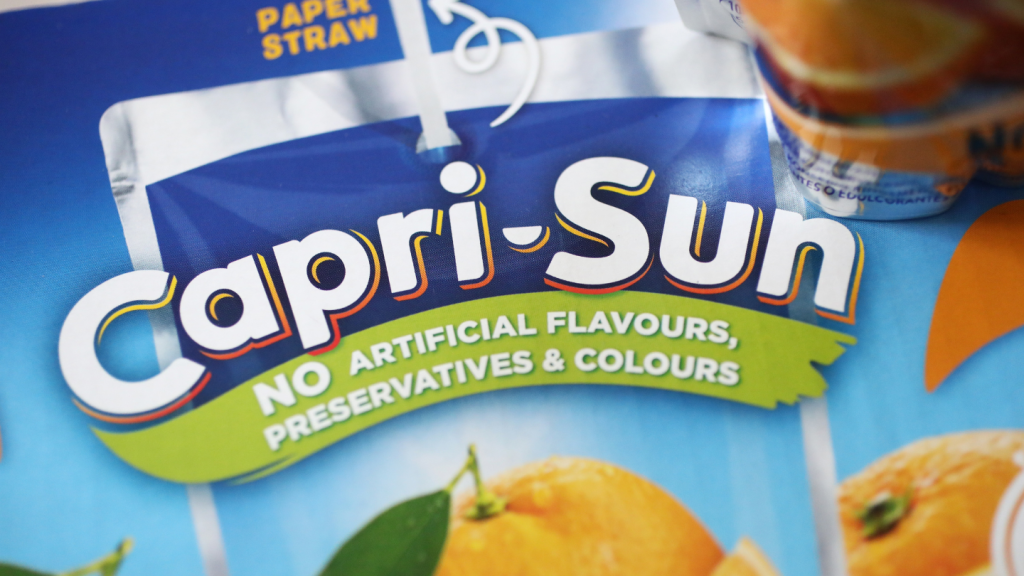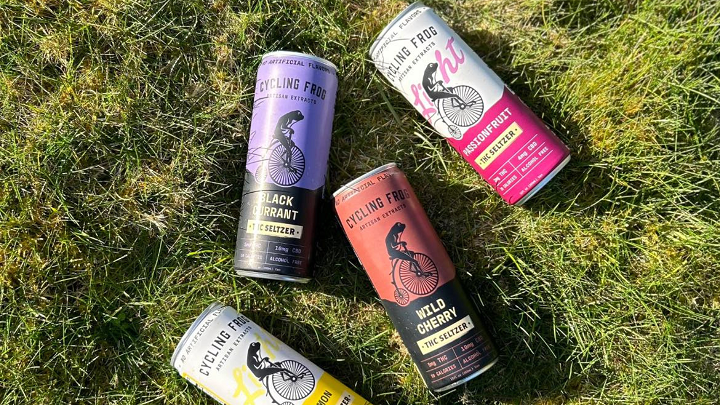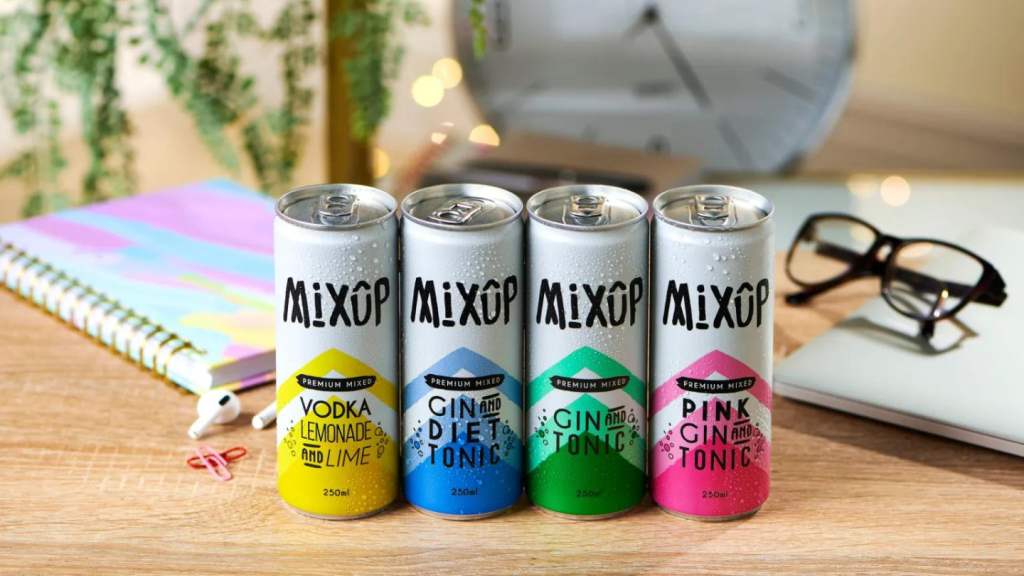Australia's 2024 grape crush increased by 9% year-on-year in 2024, led by white varieties, according to Government-funded trade body Wine Australia.
The National Vintage Report released today (9 July) by the organisation estimated 1.43m tonnes of wines were crushed in 2024.
White-grape volumes grew 19% to 721,519 tonnes. It marked the first time since 2014 that the white crush was higher than red.
It follows 23-year low in 2023, when the amount of grapes processed sat at 1.32 million tonnes.
Despite the growth, this year’s haul was still 300,000 tonnes below the 10-year average of 1.73m tonnes. White varieties remained 10% below the 10-year average, and the second smallest in 17 years.
White varieties soar
The soar in white grapes came almost entirely from the warm inland regions, Wine Australia said.
Harvest of those regions increased by 111,633 tonnes, or 24%, while the white crush from another regions increased 4% to 5,705 tonnes.
Chardonnay saw a 31% increase, rising 79,234 tonnes to 332,643 tonnes. Pinot Gris and Pinot Grigio grew by 25%, Colombard increased by 23% while Prosecco has risen by 22%.
In the case of the reds, meanwhile, Shiraz was the only one of the top-ten reds to decline at an overall national level. Shiraz processing declined 14% to 297,868 tonnes, its smallest crush since 2007 and 31% below its 10-year average of 430,903 tonnes.
Total red grapes processed declined 1% to 705,000 tonnes in 2024, the smallest drop since the drought-affected 2007 vintage. Red grapes hit peak volumes in 2021, with 1.2 million tonnes crushed.
Wine Australia said although seasonal factors contributed to the size and composition of the 2024 crush, and in the significant reduction of Shiraz specifically, it can be largely attributed to deliberate decisions by grape-growers and wine businesses attempting to tackle historic oversupplies and reduced global demand for wine.
It follows small 2022-2023 vintage with volumes reaching a 15-year low, which Wine Australia put down to “very difficult seasonal conditions, compounded by active steps by some growers and winemakers to reduce intake”.


